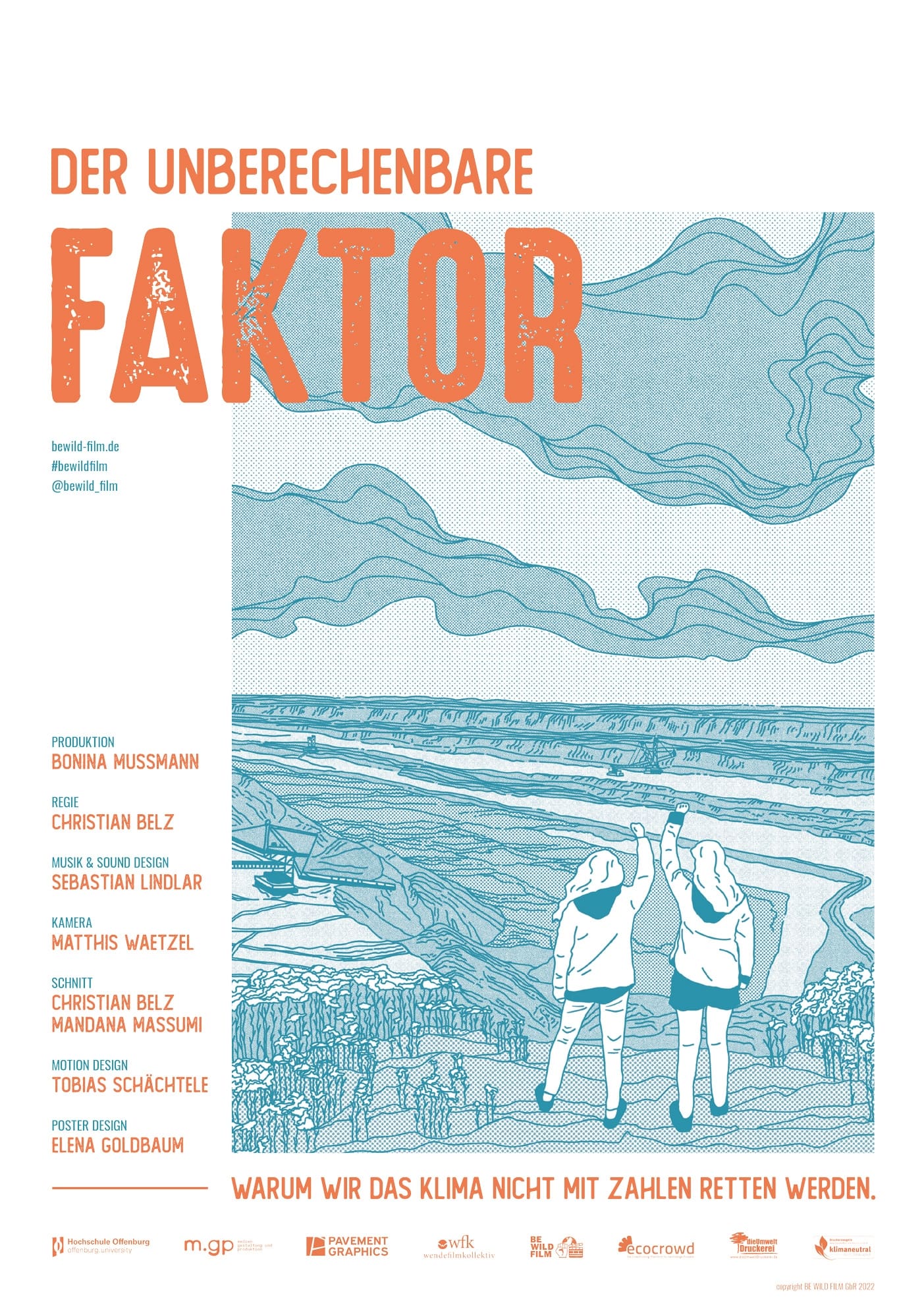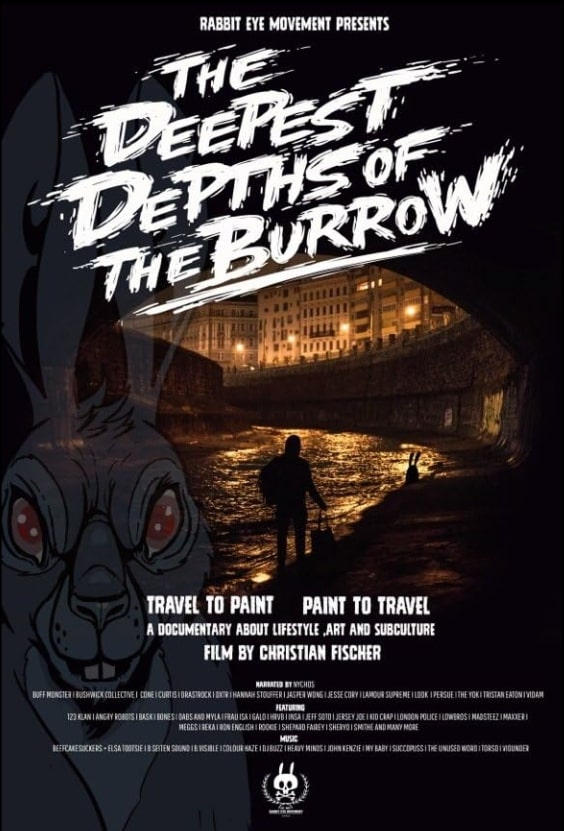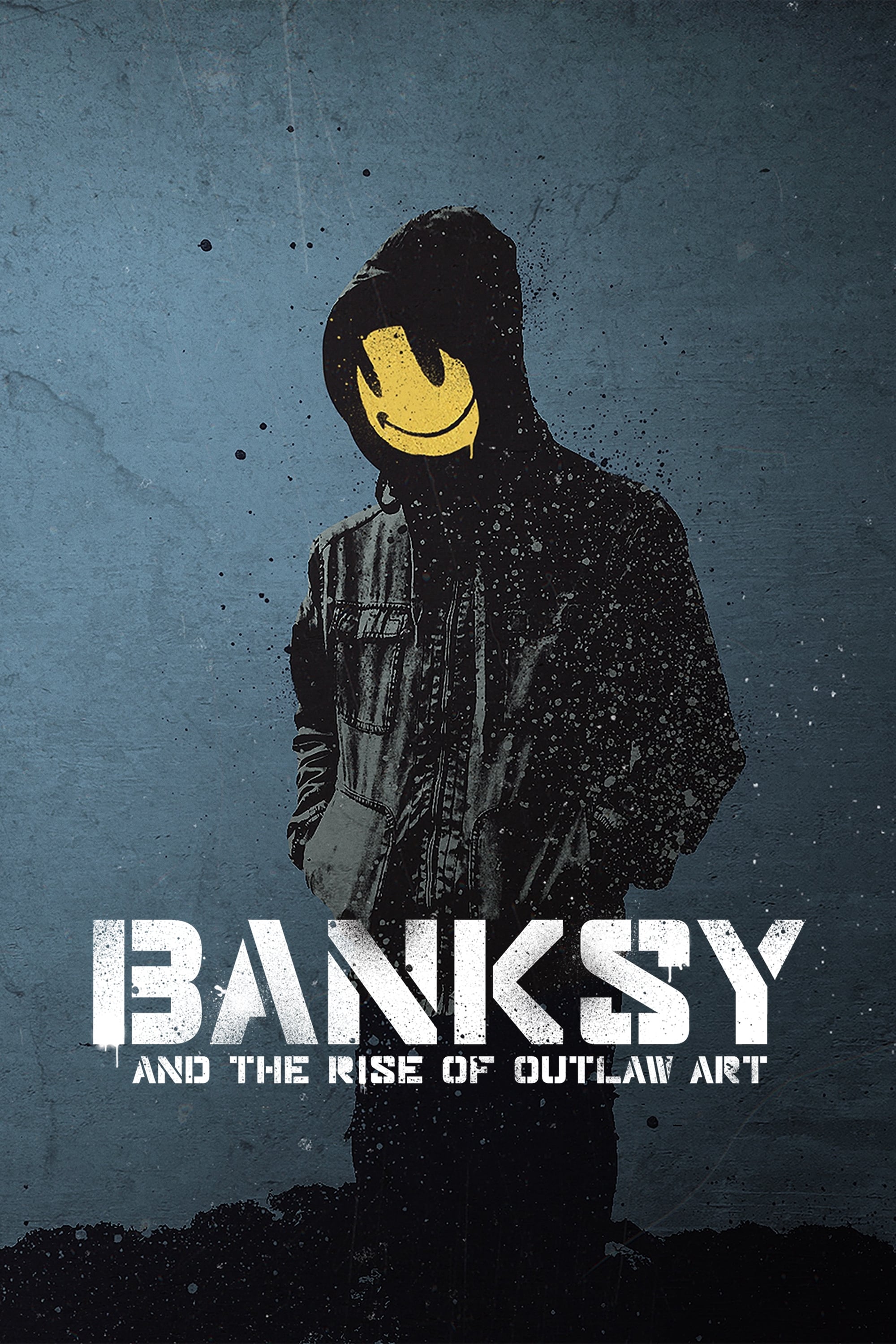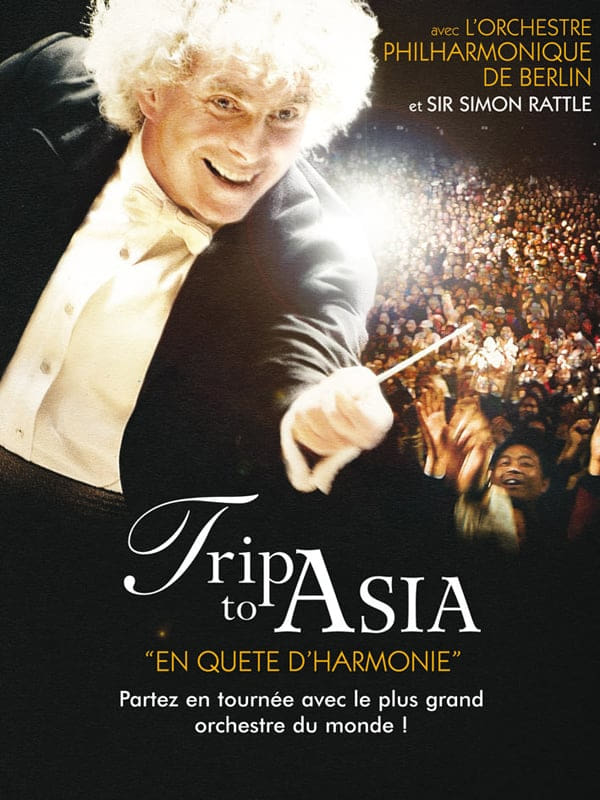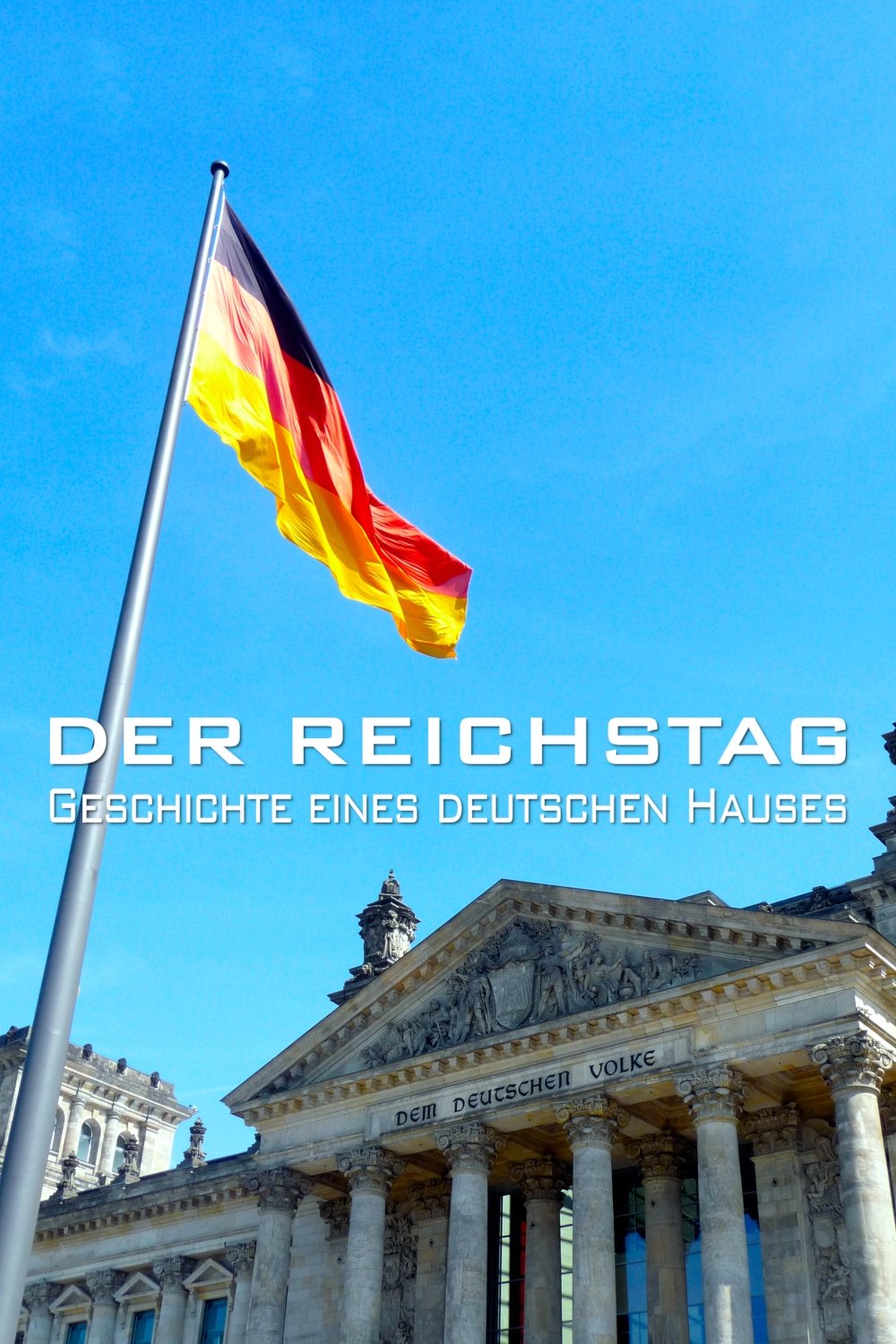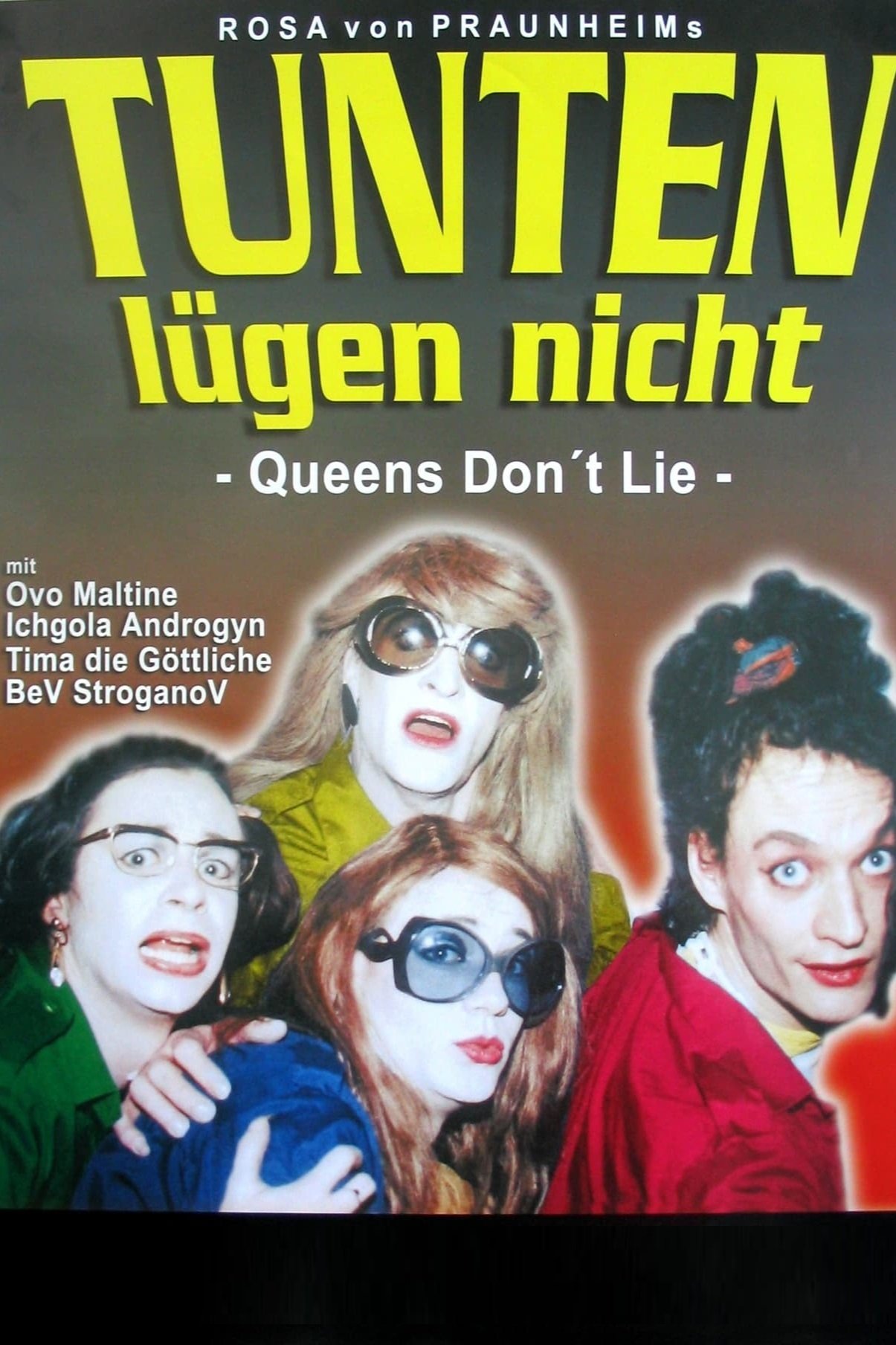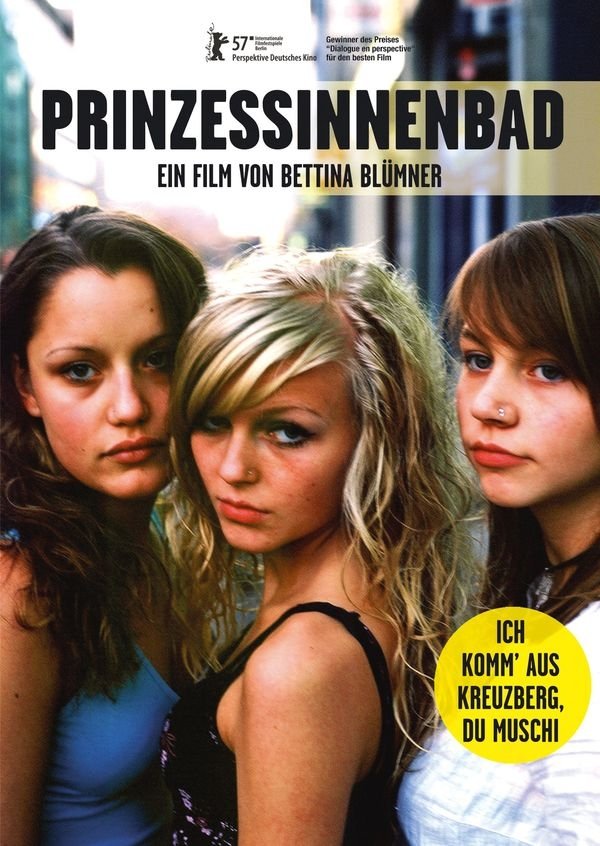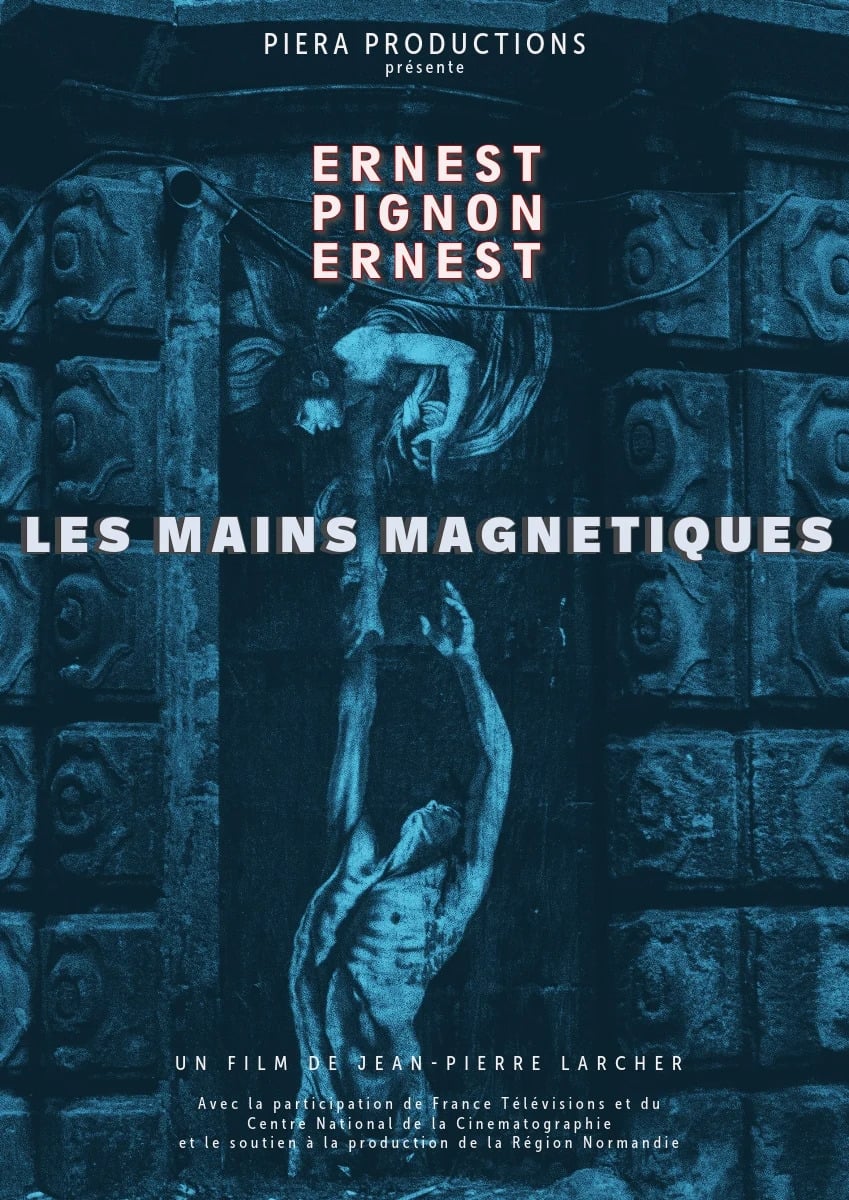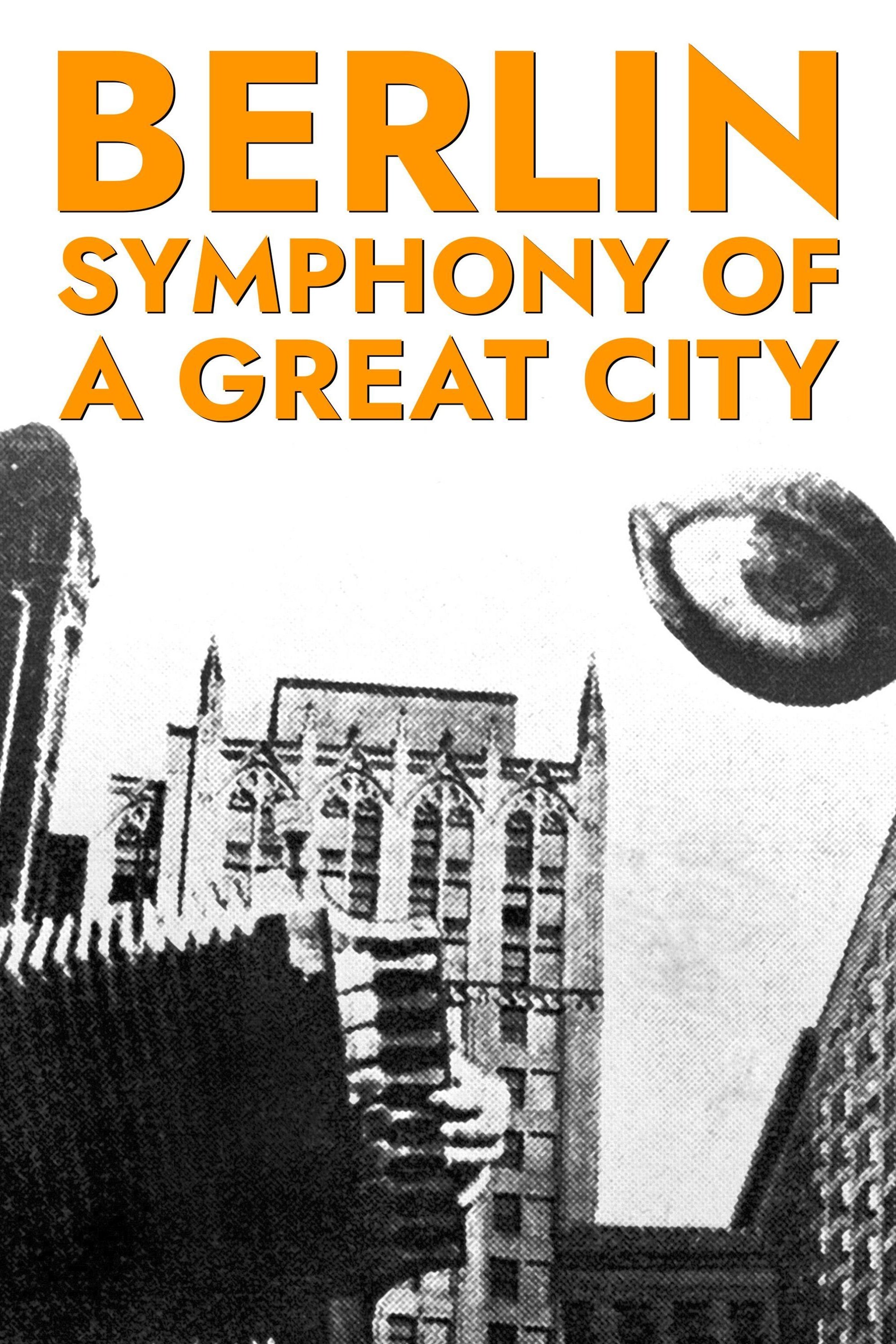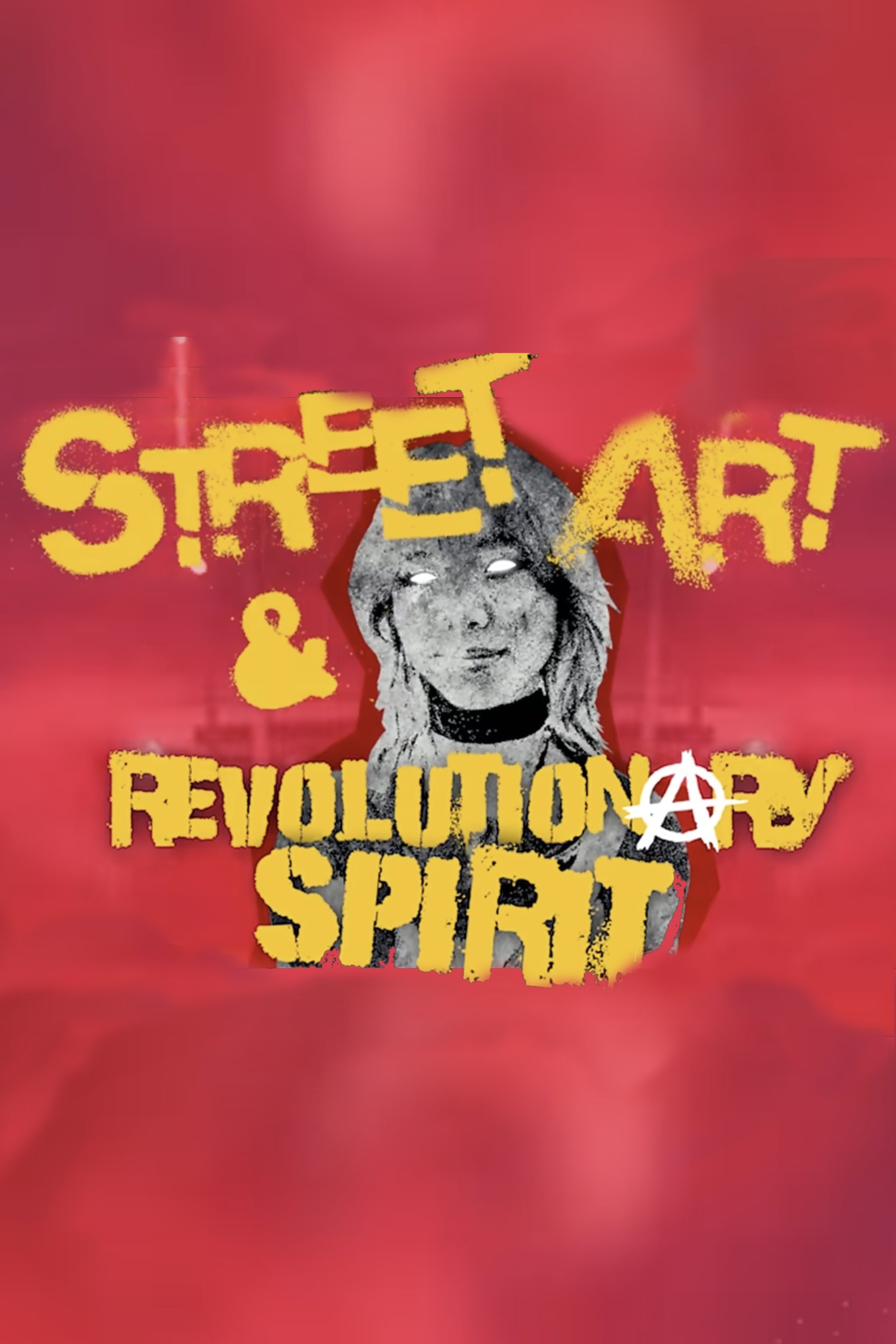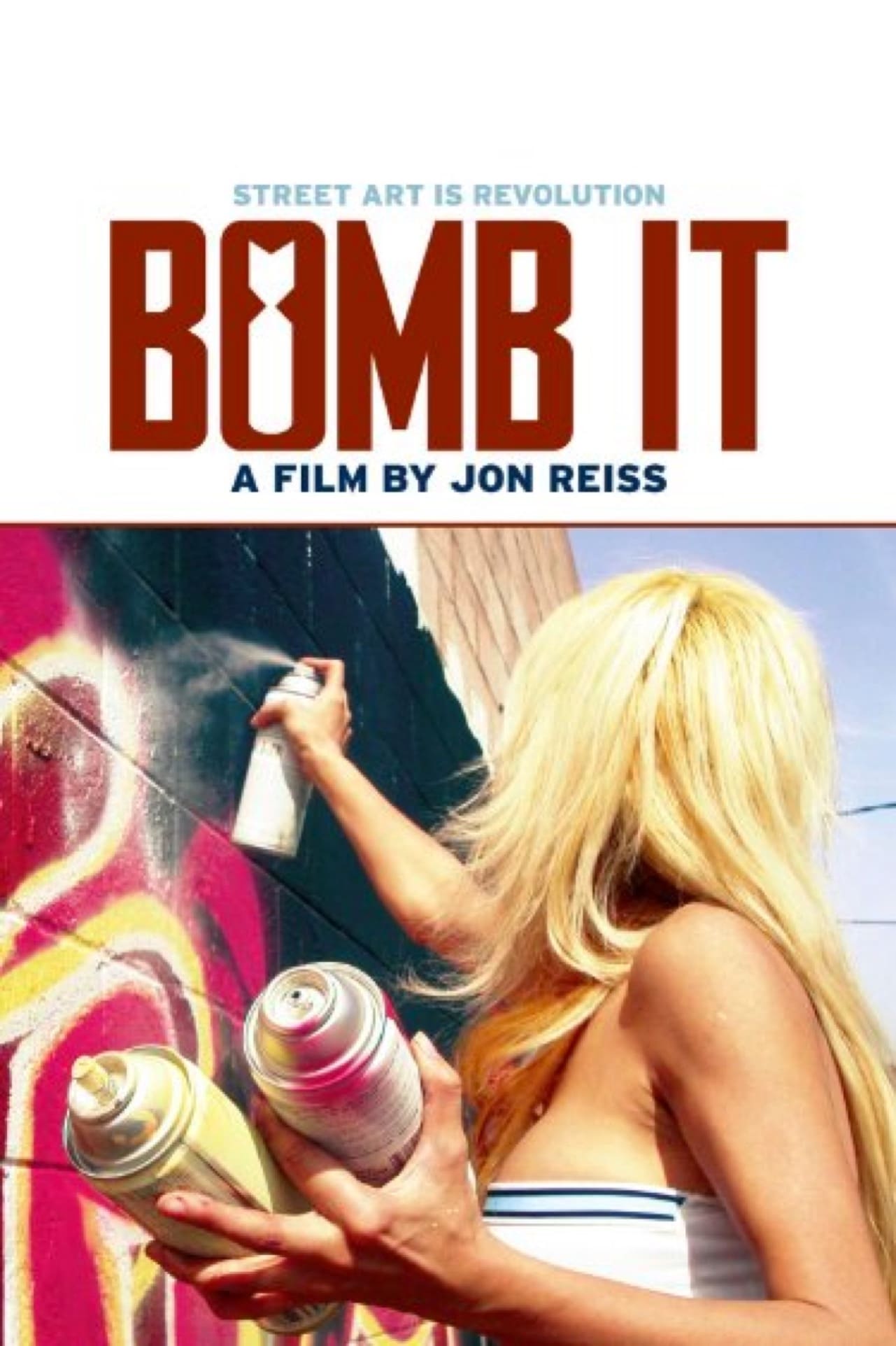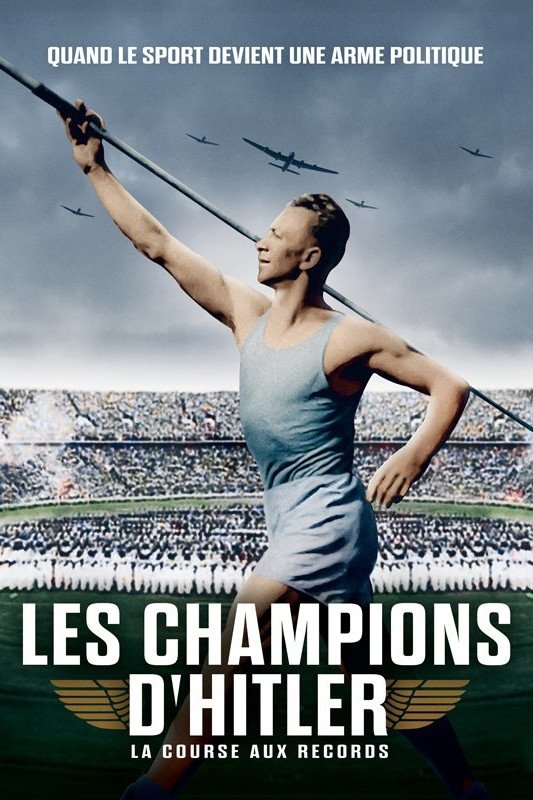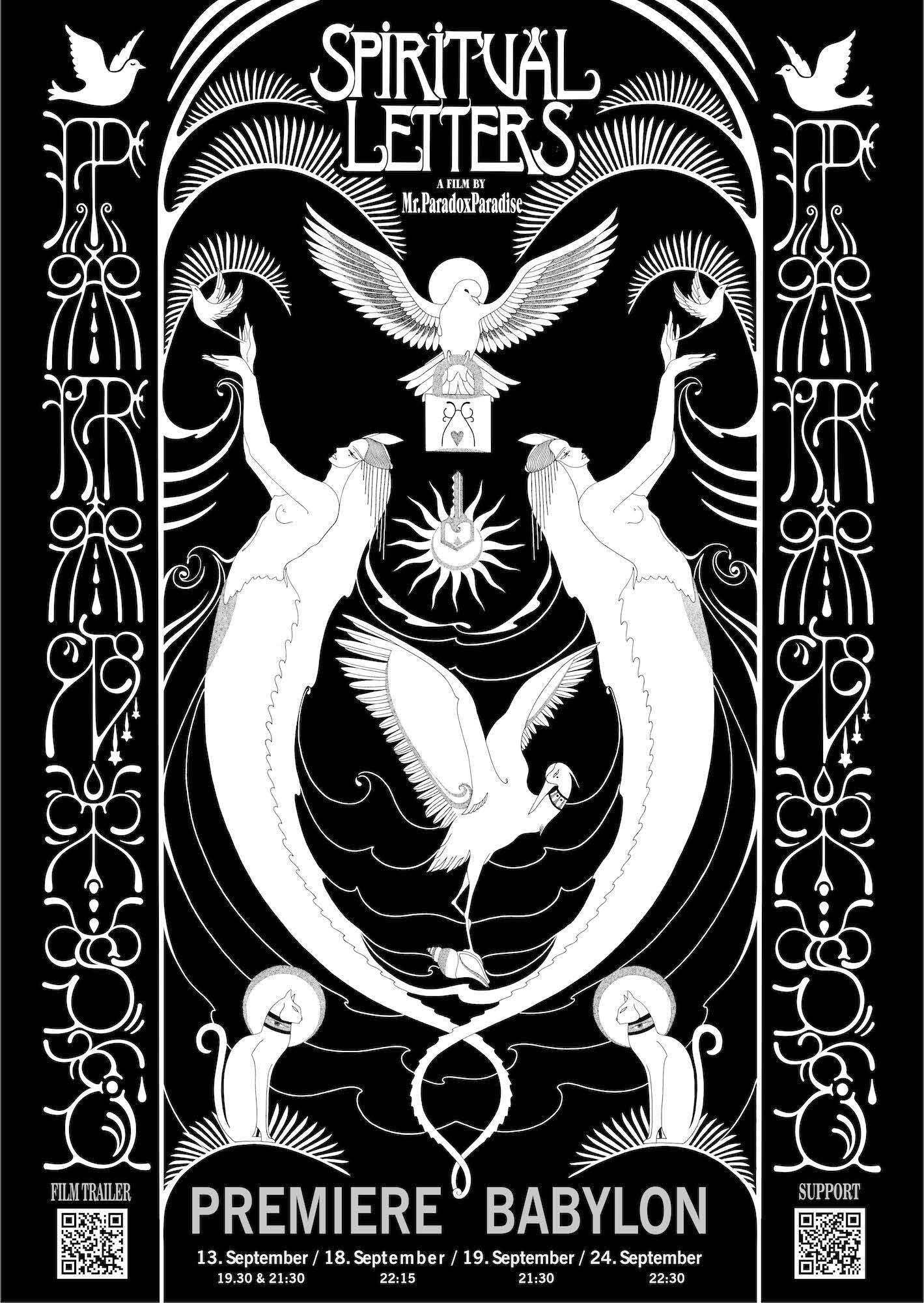
Spiritual Letters (2021)
Overview
The film is a story about the deep connection of the life and art of the artist. It takes you on a journey through Berlin like you have never seen before. Take a deep dive behind the scenes of the famous red and blue graffiti letterings that cover the heart of the city and tune into the connection between art, letters and spirituality.
Production Companies
Additional Info
| Budget | $0.00 |
|---|---|
| Revenue | $0.00 |
| Original Language | en |
| Popularity | 0.0992 |
Directed By
Mr. Paradox Paradise
Crew
Mr. Paradox Paradise
TOP CAST
Similar Movies
The Unpredictable Factor
In today's climate debate, there is only one factor that cannot be calculated in climate models - humans. How can we nevertheless understand our role in the climate system and manage the crisis? Climate change is a complex global problem. Increasingly extreme weather events, rising sea levels, and more difficult living conditions - including for us humans - are already the order of the day. Global society has never faced such a complex challenge. For young people in particular, the frightening climate scenarios will be a reality in the future. For the global south, it is already today. To overcome this crisis, different perspectives are needed. "THE UNPREDICTABLE FACTOR" goes back to the origins of the German environmental movement, accompanies today's activists in the Rhineland in their fight against the coal industry and gives a voice to scientists from climate research, ethnology and psychology.
The Legend of Cool Disco Dan
"The Legend of Cool 'Disco' Dan" is the story of black Washington DC told from the perspective of Cool "Disco" Dan starting with his birth during the civil rights era and follows his life parallel with the rise of Go-Go music through the 1980s (which is the unheard but yet dominant urban music of DC) and also local DC politics with Marion Barry's rise and fall. Despite ending up homeless Cool "Disco" Dan used graffiti to escape the social problems D.C. had in the 1980s when things turned violent and became known as the Murder Capital of the United States. Cool "Disco" Dan ends up as a cult character of DC and his name becomes a symbol of survival during DC's most trying years.
The Deepest Depths of the Burrow
Nychos is an illustrator, Urban Art- and Graffiti artist who became known with his street concept RABBIT EYE MOVEMENT (REM) 10 years ago. The icon of the movement is a white rabbit, which has been breeding since then and has been popping up in the streets all over the globe for the past decade. This is exactly what Nychos thrives for – he travels the world to spread his art and his REM concept. Within the last two years Nychos was accompanied by filmmaker Christian Fischer who recorded these journeys to create a full lenght movie. ”The Deepest Depths Of The Burrow” is a documentary about art, lifestyle and subculture.
Banksy and the Rise of Outlaw Art
Banksy is the world's most infamous street artist, whose political art, criminal stunts and daring invasions have outraged the establishment for over two decades. Featuring rare interviews with Banksy, this is the story of how an outlaw artist led a revolutionary new movement and built a multi-million dollar empire, while his identity remained shrouded in mystery.
Trip to Asia: The Quest for Harmony
Journey with the musicians of the Berlin Philharmonic and their conductor Sir Simon Rattle on a breakneck concert tour of six metropolises across Asia: Beijing, Seoul, Shanghai, Hong Kong, Taipei and Tokyo. Their artistic triumph onstage belies a dynamic and dramatic life backstage. The orchestra is a closed society that observes its own laws and traditions, and in the words of one of its musicians is, “an island, a democratic microcosm – almost without precedent in the music world - whose social structure and cohesion is not only founded on a common love for music but also informed by competition, compulsion and the pressure to perform to a high pitch of excellence... .” Never before has the Berlin Philharmonic allowed such intimate and exclusive access into its private world.
Bombin'
First broadcast in 1987 on the UK's Channel 4, Bombin' is a documentary about Afrika Bambaataa's Zulu nation bringing American hip-hop culture to the UK for first time. The main focus is the graffiti art of Brim and the variety of reactions he is faced with from the British public and press.
Der Reichstag
Docudrama telling the story of a building with a breath taking career that began in the empire, flourished in the Weimar Republic, perished in the Nazi dictatorship, and was rebuilt after its partial destruction.
Queens Don’t Cry
Bosom buddies BeV StroganoV, Ovo Maltine, Ichgola Androgyn and Tima die Göttliche are four Berlin drag queens who met in the mid 1980s. These four queens became Germany’s most popular drag performers and have been busy fertilizing the German cultural scene. Besides being performers, they are also political activists – in AIDS awareness, anti-gay violence, the sex workers movement and the struggle against the extreme right and racism. The film tells their story.
Prinzessinnenbad
A film about three teenagers - Klara, Mina and Tanutscha - from the Berlin district of Kreuzberg. The trio have known each other since Kindergarten and have plenty in common. The three 15-year-olds are the best of friends; they are spending the summer at Prinzenbad, a large open-air swimming pool at the heart of the district where they live. They're feeling pretty grown up, and are convinced they've now left their childhood behind.
Kreuzberg gehört uns
With a critical eye, the film wanders through the streets of Kreuzberg and captures the voices of workers who report on their difficult working conditions and the lack of kindergartens. The film is the result of a collaboration between DFFB students and the Kreuzberg-Nord neighborhood group. It provides interesting insights into the struggles of the neighborhood group with the Senate for funds and rooms to accommodate the children.
Berlin: Symphony of a Great City
A day in the city of Berlin, which experienced an industrial boom in the 1920s, and still provides an insight into the living and working conditions at that time. Germany had just recovered a little from the worst consequences of the First World War, the great economic crisis was still a few years away and Hitler was not yet an issue at the time.
Ich will da sein - Jenny Gröllmann
The film accompanies Jenny Gröllmann, a German actress, during the last two years of her life.
Klassenleben
For some time now, there have been schools in Germany whose aim is not to segregate any child. Everyone should be integrated with their minor or major handicaps, advantages or weaknesses, whether highly gifted or severely disabled. Klassenleben tells the story of such a school, its teachers, its children and the immense challenge of learning. From winter to summer 2004, Hubertus Siegert and his film team accompanied class 5d at the Fläming elementary school in Berlin. At eye level with its protagonists, the film observes the learning and life of pupils with extremely different abilities in a class of 20 children, four of whom have learning difficulties or severe multiple disabilities, and 16 "normal pupils", including some so-called gifted pupils. Do lessons succeed in such a heterogeneous group? Is everyone motivated to learn where the competition is not between "gifted" children?
Street Art & Revolutionary Spirit
Governments were cracking down on street art everywhere.... until they realized they could make money off of it. Where does this leave street art and its artists today? Olivia Sun explores the street art scene in Toronto and some parts of Berlin to see how street art is navigating its changing culture.
Bomb It
Through interviews and guerilla footage of graffiti writers in action on five continents, the documentary tells the story of graffiti from its origins in prehistoric cave paintings thru its notorious explosion in New York City during the 70’s and 80’s, then follows the flames as they paint the globe.
Les Champions d'Hitler
In the three years leading up to the Olympics, the Nazi regime saw sport as an invaluable mobilisation and propaganda tool to motivate the "master race". Whether sympathisers or followers, German athletes went along with it; however, a number of them came to regret their decisions.
